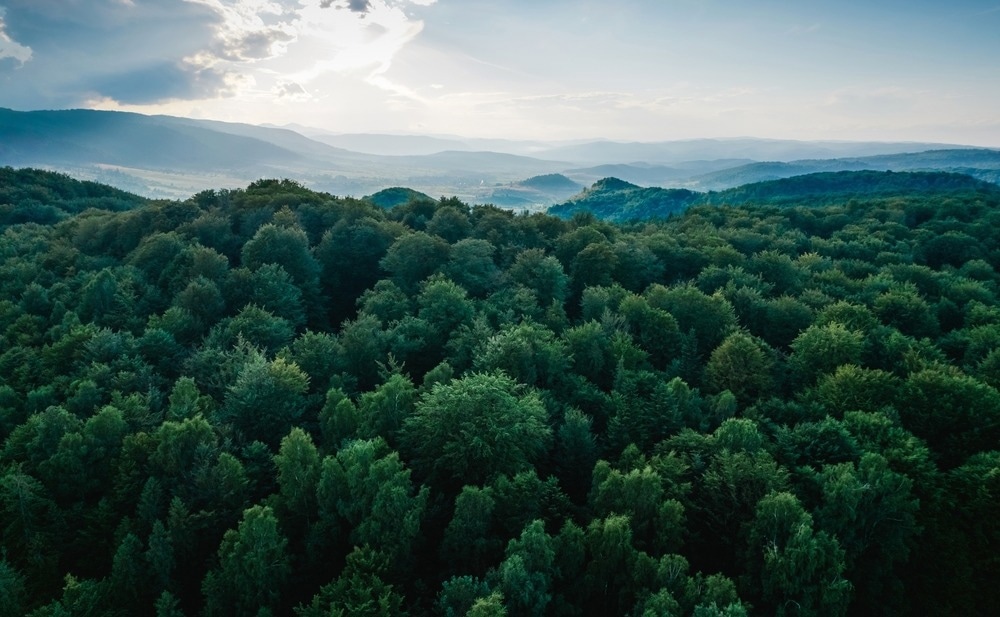According to a recent University of Alberta research, preserving tree diversity in Canada’s diverse forests can enhance carbon capture and prevent climate change.

Image Credit: Olga Danylenko/Shutterstock.com
The research, published in Nature, is the first to demonstrate the long-term benefits of tree diversity in terms of soil carbon and nitrogen storage. According to Xinli Chen, the paper’s Lead Author and Postdoctoral Fellow in the Faculty of Agricultural, Life, and Environmental Sciences, it emphasizes the importance of biodiversity conservation in forests.
Conserving tree diversity is a valuable tool in mitigating climate change, particularly in enhancing carbon storage in soil.
Xinli Chen, Study Lead Author and Postdoctoral Fellow, Faculty of Agricultural, Life, and Environmental Sciences, University of Alberta
While it has already been ascertained that intensifying soil carbon and nitrogen storage can help mitigate the effects of climate change and sustain soil fertility, he notes that global stocks of both elements have declined significantly due to factors, such as forest fires, deforestation, and land use change. Conserving and encouraging tree diversity in forests can help boost soil carbon and nitrogen levels.
The researchers employed statistical modeling to give new evidence of a relationship between greater tree diversity and higher soil carbon and nitrogen build-up in natural forest ecosystems over decadal time scales, which are time scales of 10 years or longer.
The research, conducted in partnership with researchers from Canada, Japan, and the United States, verifies earlier studies’ conclusions. The study found that, in the long run, balancing the number of tree species in natural forests will increase carbon and nitrogen in the organic soil layer by 30% and 43%, respectively.
Enhancing the variety of functional features, such as leaf nitrogen content and adult height of diverse tree species within a community could increase carbon and nitrogen storage in the top mineral soil layer by 32 and 50%, respectively.
The observations can “help guide growing efforts to use forests for carbon sequestration by protecting and enhancing the tree species diversity, which will at the same time benefit the productivity of forests today and in future,” Scott Chang concludes.
Journal Reference
Chen, X., et al. (2023). Tree diversity increases decadal forest soil carbon and nitrogen accrual. Nature. doi.org/10.1038/s41586-023-05941-9.